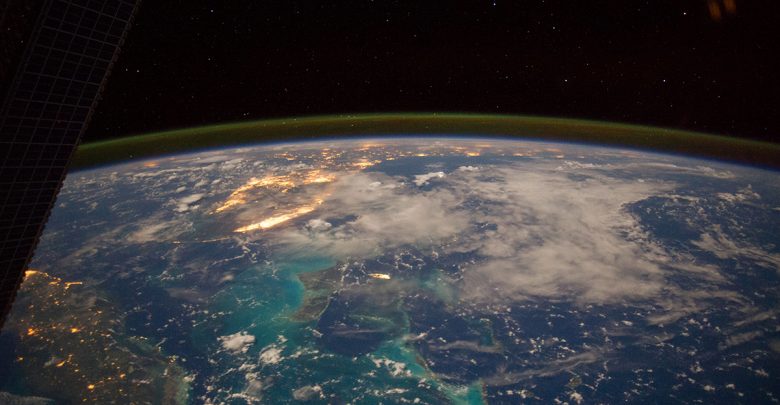 Supplied
SuppliedUV protection offered by iron-silica particles in ancient seawater may have helped early bacteria oxygenate Earth’s atmosphere over two billion years ago.
New research conducted in the University of Alberta’s department of earth and atmospheric sciences suggests that iron and silica particles in ancient seawater may have acted as a kind of natural sunscreen, protecting oxygen-producing microbes called cyanobacteria. As these microbes flourished, they were able to oxygenate earth’s atmosphere, setting the stage for the evolution of more complex lifeforms like animals and humans.
Aleksandra Mloszewska, a former PhD student who conducted the work, explained that cyanobacteria produce oxygen and energy through photosynthesis. Oxygen is needed by all animals to break down sugars and fats for energy.
“We have cyanobacteria to thank for the oxygen-rich atmosphere that we have today,” Mloszewska said. “The accumulation and [availability] of free oxygen in the environment allowed the evolution of larger, more complex organisms such as ourselves.”
Mloszewska’s research suggests that the planet’s oxygenation required, at least in part, the accumulation of iron and silica in the Earth’s early oceans. These minerals protected cyanobacteria from the sun’s lethal ultraviolet (UV) radiation.
“Three billion years ago when cyanobacteria first evolved, there was no ozone layer [to protect the planet] and much higher doses of UV radiation reached the Earth’s surface compared to today,” Mloszewska said.
The research showed that the high concentrations of silica and iron in ancient oceans allowed for the formation and accumulation of iron-silica precipitates. When cyanobacteria were added to these solutions, the more iron-silica precipitates there were to ward off damaging UV rays, the better the cyanobacteria grew.
Mloszewska said these iron and silica molecules were likely introduced into the ocean through weathering of land masses and through hydrothermal vents that brought in hot water from the Earth’s crust.
But Mloszewska said understanding the role of these iron-silica particles unlocks only part of the mystery. Even at the highest concentration used, the team observed a 97 per cent cyanobacteria mortality rate, meaning something else is still needed to allow cyanobacteria to spread across the world’s oceans. Unlocking the rest of the puzzle will help explain why it took almost 600 million years from when cyanobacteria evolved to get to the point where they dominated the planet during the “Great Oxygenation Event.”
Mloszewska now works as a post-doctoral fellow at the University of Toronto studying how microbes use and exchange carbon in deep terrestrial subsurfaces.
“I think one of the most important things in pursuing a career in research is to be curious and to keep asking questions,” Mloszewska said. “Maintaining a keen curiosity in how and why things work the way they do is the foundation of research.”




